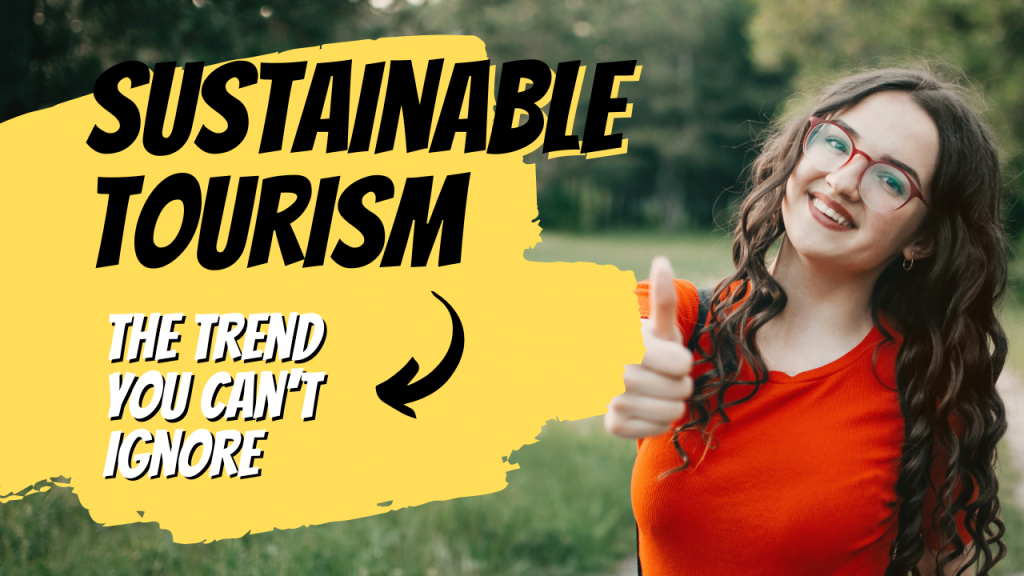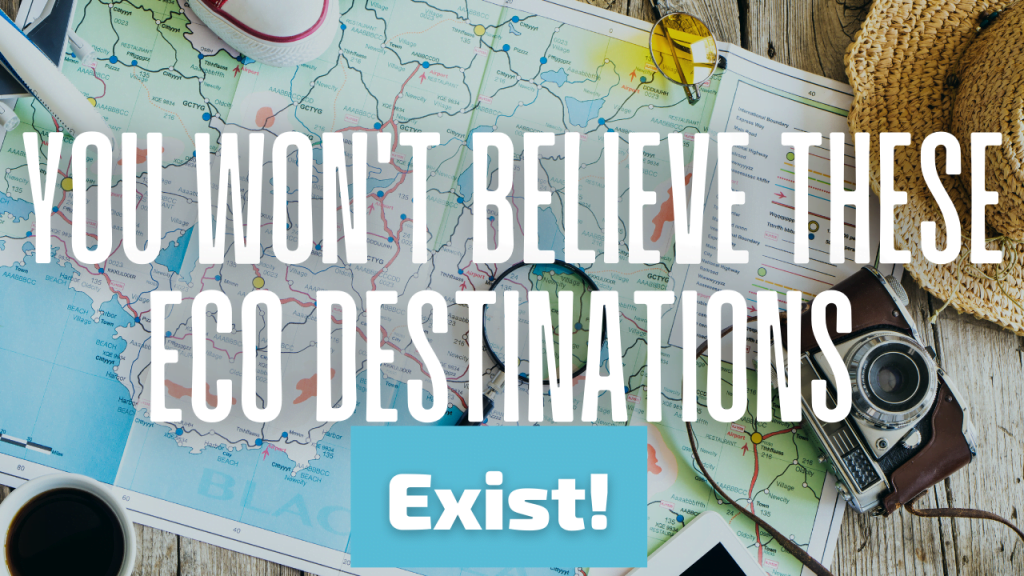Imagine a world where Gross National Happiness takes precedence over Gross Domestic Product. Picture a kingdom so rich in biodiversity that it’s home to elusive snow leopards, playful red pandas, and majestic Bengal tigers. Dream of a land so committed to green practices that it absorbs more carbon than it emits. This is not a fantasy; it’s Bhutan!
As the world awakens to the pressing need for sustainable tourism, Bhutan, a small Himalayan kingdom, has been leading by example. It’s not just about ‘Low Impact Travel’; Bhutan’s approach extends to ‘High Value’ experiences that enrich the lives of both the visitor and the visited.
Bhutan’s Remarkable Tourism Policy: Striking the Balance
Unlike many tourist destinations that have been marred by over-tourism, Bhutan has always adopted a mindful approach. By enforcing a “High Value, Low Impact” policy, it strikes an ideal balance between preserving its natural beauty and cultural integrity, and ensuring its economy thrives.
This unique approach to Bhutan Tourism requires all international tourists (except Indian, Bangladeshi, and Maldivian passport holders) to pay a daily tariff, part of which contributes to sustainable initiatives. The result? Fewer tourists, minimal ecological impact, and high-quality experiences.
Intriguing, isn’t it? But wait until you delve deeper into Bhutan’s sustainable models! It’s a journey worth taking.
Preserving Biodiversity: Bhutan’s Natural Riches
From soaring mountains to pristine forests, and vibrant flora to elusive fauna, Bhutan’s biodiversity is nothing short of mesmerising. This natural wealth, however, isn’t a matter of coincidence but of commitment. Bhutan’s constitution mandates that a minimum of 60% of its land must remain under forest cover, fostering the growth of a remarkable range of wildlife.
Take a journey through Bhutan’s national parks and wildlife sanctuaries, and you’ll likely be awestruck. You could spot a snow leopard stealthily moving in the Snowman Trek or witness a red panda frolicking in the trees of Jigme Dorji National Park. And if you’re incredibly lucky, a royal Bengal tiger might grace your presence in the Royal Manas National Park.
Jewels of the Bhutanese Wilderness
At the heart of Bhutan’s commitment to biodiversity conservation are its many national parks and wildlife sanctuaries. Spanning a diverse range of habitats, they form a critical part of the Bhutan Biological Conservation Complex, an interconnected network of protected wildlife areas. Here’s a snapshot of some of these breathtaking havens:
- Jigme Singye Wangchuck National Park: Known for its diverse ecosystems and home to more than 450 species of birds.
- Jigme Dorji National Park: The largest national park in Bhutan is a treasure trove of endangered species like the takin, snow leopard, and Bengal tiger.
- Sakteng Wildlife Sanctuary: This unique sanctuary is said to be home to the yeti, or ‘migoi’, as it’s locally known, a part of Bhutanese folklore and mythology.
Through strict conservation policies and initiatives, Bhutan Tourism is ensuring these parks and sanctuaries remain unspoiled by the detriments of mass tourism and unsustainable practices, preserving their allure for future generations.
Sustainable Practices Beyond Tourism
While Bhutan’s “High Value, Low Impact” model has shaped its tourism industry, it’s worth noting that the country’s sustainable practices extend well beyond this sector. Indeed, sustainability is a guiding principle for Bhutan’s development and lifestyle.
One of Bhutan’s most impressive sustainability feats is its achievement of being carbon negative. The vast forest cover absorbs more carbon dioxide than the nation emits, making Bhutan a global leader in the fight against climate change.
Embracing Renewable Energy
In alignment with its commitment to low impact living, Bhutan has been swift in adopting renewable energy sources. Therefore a significant portion of its electricity is generated through hydropower, leveraging the country’s numerous fast-flowing rivers. Such sustainable practices not only minimise the environmental impact but also cater to the energy needs of the rapidly modernising nation.
Organic Farming: Tradition Meets Sustainability
Agriculture is a crucial part of Bhutan’s economy and lifestyle, and even here, the country’s dedication to sustainability shines. Traditional farming methods that leverage organic processes are prevalent. In fact in 2013, Bhutan even announced its aim to become the world’s first 100% organic nation. Farmers across the country use composting methods and reject synthetic fertilisers. Thereby ensuring the land remains fertile and the produce is healthy.
A Sustainable
A Sustainable Vision for the Future
Even with rapid modernisation, Bhutan firmly holds onto its values of sustainability. With plans for zero net greenhouse gas emissions, zero-waste by 2030 and maintaining a 60% forest cover for all time, Bhutan isn’t just working towards a sustainable future, it’s creating it.

Such an approach is an integral part of Bhutan’s unique development philosophy – Gross National Happiness (GNH). Unlike most countries that measure success through Gross Domestic Product (GDP), Bhutan uses GNH, which considers sustainable development, preservation and promotion of cultural values, conservation of the natural environment, and good governance.
Conserving Culture: The Human Aspect of Sustainability
It’s not just the environment that Bhutan seeks to conserve; it’s also the rich cultural heritage that shapes its identity. This cultural preservation becomes clear when you stroll through Bhutan’s towns, admiring the traditional architecture, or when you participate in vibrant Tshechu festivals.
Every element of Bhutanese life, from the national dress to the cuisine, is a testament to the nation’s efforts to maintain its unique cultural identity amidst the pressures of globalisation. Tourism plays a significant role in supporting this, as the revenue from tourism tariffs often supports cultural and heritage conservation projects.
Shaping a More Sustainable World: Bhutan’s Example
As the world grapples with the challenges of climate change, Bhutan stands as a beacon of sustainable living. Its unique approach to tourism and development provides invaluable lessons for the world about balancing economic growth with environmental preservation.
By keeping its carbon footprint low, preserving biodiversity, promoting renewable energy, and conserving cultural heritage, Bhutan is not only creating a sustainable paradise for its citizens and visitors alike, but it’s also shaping a more sustainable world for us all.
Practising Low Impact Travel in Bhutan
Travelling in Bhutan is unlike anywhere else. It’s more than just visiting; it’s about immersing oneself in a unique culture and contributing to the sustainability of the country. As a visitor, your actions matter, and there are ways you can respect and enhance Bhutan’s sustainable models.
Start by abiding by the country’s strong environmental ethics. Avoid littering, stick to trails when hiking, respect wildlife and cultural sites, and aim to leave no trace. Participate in cultural activities and learn from the locals, but remember to respect local customs and traditions.
Choose accommodation that follows sustainable practices. Many Bhutanese hotels and lodges are actively participating in the country’s green initiatives, reducing their environmental impact while offering a top-notch experience to their guests.
Conclusion
Bhutan’s High Value, Low Impact model of tourism showcases the nation’s unwavering commitment to maintaining its natural and cultural heritage while bringing economic benefits to its people. As a visitor, you can play a part in this sustainable model by travelling consciously and respecting the local environment and culture.
The breathtaking beauty of Bhutan, the warmth of its people, and its vision for sustainability create a truly unique experience. Bhutan invites you to be part of its journey. To explore its hidden treasures, and to leave a positive impact on this remarkable Himalayan kingdom.
Bhutan Tourism FAQ / TL;DR
What is Bhutan’s ‘High Value, Low Impact’ model?
It’s a unique tourism policy that limits the number of visitors to preserve Bhutan’s natural and cultural heritage. Visitors pay a mandatory daily tariff, which funds the country’s sustainable initiatives and benefits local communities.
Is Bhutan really carbon-negative?
Yes! Bhutan absorbs more carbon dioxide than it emits, thanks to its extensive forests, commitment to clean energy, and strict environmental regulations.
What can I do as a tourist to support Bhutan’s sustainable models?
Respect local customs and traditions and stick to marked trails when hiking. Choose accommodations with green practices, and participate in cultural activities to learn more about Bhutan.
How does Bhutan protect its biodiversity?
Over 70% of Bhutan is forested, and more than half of the country is designated as protected areas. These measures help to preserve its rich biodiversity, including rare species like the Bengal tiger, red panda, and snow leopard.
Why is there a mandatory daily tariff for tourists in Bhutan?
The daily tariff helps limit the number of visitors and ensures that tourism benefits the country and its people. It covers accommodation, meals, guide services, and a contribution to the country’s sustainable development efforts.








